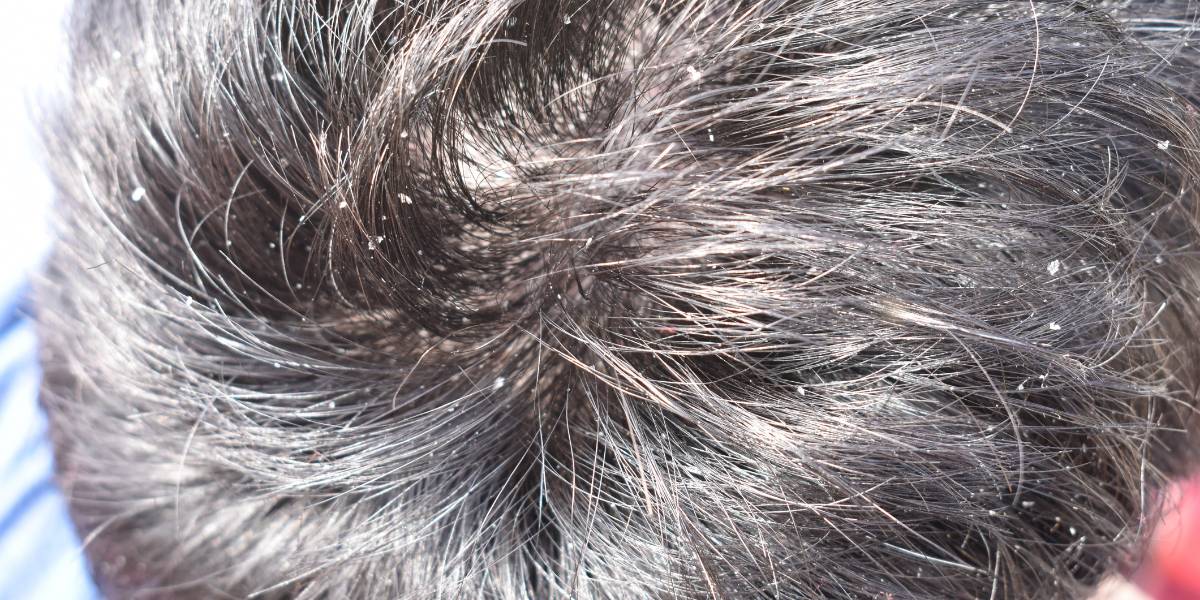Acanthosis nigricans is a relatively common skin condition that is one of the symptoms of diabetes.
Acanthosis nigricans is characterised by darkening of the skin at particular areas such as the neck and armpits.
It is not a dangerous condition in itself but is typically a sign of the presence of a problematic condition such as type 2 diabetes and sometimes cancer.
Symptoms
The signs of acanthosis nigricans are quite distinctive and result in a darkening of the skin around folds of skin, typically affecting the:
- Neck
- Armpits
- Groin
- Joints of the fingers or toes
As well being darker, the skin may take on a leathery or velvety feel and the skin may itch or smell.
Causes and risk factors
Appearance of acanthosis nigricans is often associated with the following conditions:
- Type 2 diabetes
- Obesity
- Underactive thyroid function
- If taking corticosteroids or oral contraceptives
- A tumour affecting an internal organ
Acanthosis nigricans is more commonly observed in people of African-Caribbean or Hispanic origin.
Diagnosis
Acanthosis nigricans will usually be diagnosed by an examination of the affected area of skin.
Blood tests , an endoscopy or x-rays may be required, however, to explore whether the cause is related to diabetes or cancer
Treatment
Treatment for acanthosis nigricans involves treating the underlying cause.
In people with diabetes, controlling blood glucose levels and losing can help to reduce the symptoms of the condition.





